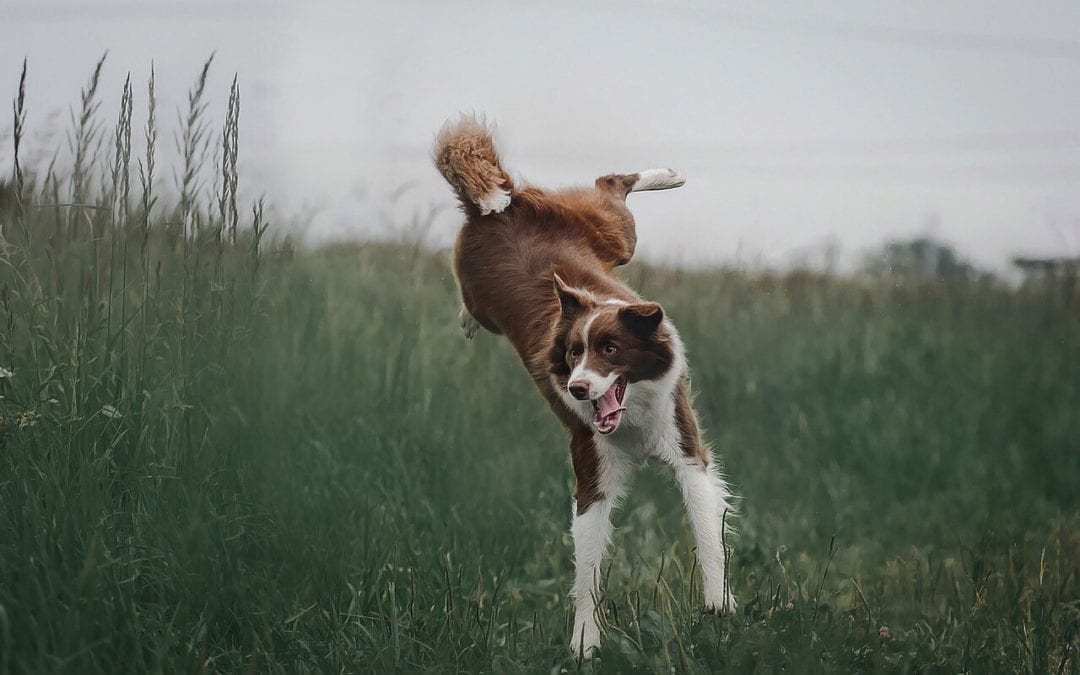Dog owners are often questioning why their dogs act the way that they do. So, here are a couple of explanations as to why your dog might not be as crazy as you think!
#1: Your dog scoots along the carpet
Many people believe dogs drag their rear ends along the carpet because of intestinal parasites or fleas. While that may be possible, a scooting dog is much more likely to have anal gland issues. These two fluid-filled glands live right inside your pet’s anus and are naturally expressed during defecation. However, sometimes these glands can become inflamed, infected, or impacted, with uncomfortable pressure that causes your dog to scoot along the ground.
#2: Your dog eats grass
Eating grass is likely an instinctual canine behavior, although some dogs simply like the taste. Since grass is high in fiber, dogs are thought to eat grass to purge foreign bodies and parasites from their systems.
#3: Your dog spins in circles
While puppies often entertain themselves by spinning in circles to try to catch their tail, most adult dogs spin in circles only for a few exciting seconds. Constant spinning can mean your dog has an inner ear infection, or they are obsessively trying to catch their tail, which can be a deep-rooted behavior issue.
#4: Your dog rolls in foul odors
Rolling in the grass provides a good backscratch, but why does your dog always choose the stinkiest areas? If an insect or animal died in that spot, or there’s a high concentration of urine or musk, you can bet your furry pal wants to be covered in that scent. Theories include that dogs enjoy the foul odor or are trying to hide their own scent.
#5: Your dog moves their food when they eat
If your dog moves their mouthful of kibble to a different location, they’re likely guarding their valuable resource rather than thinking their meal tastes better in the living room.
Try out this step-by-step guide and see if your four-legged friend is actually more normal than you think! However, if you’re still left with unanswered questions in regards to your dog’s behavior, then it may be time to ask for veterinary help.

